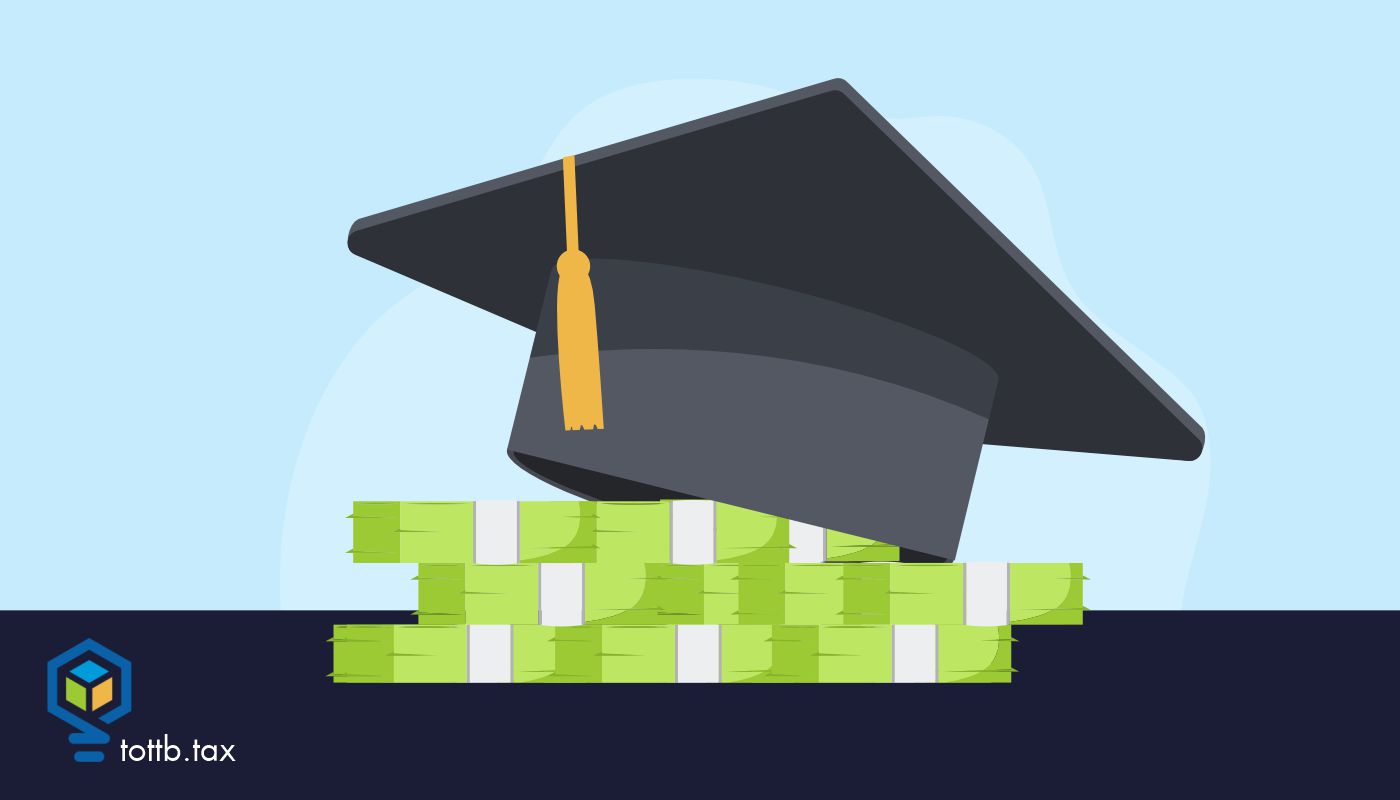With the rising cost of higher education and greater reliance on student loans, taxpayers are looking for every opportunity to ease the financial burden of earning a degree. Fortunately, several higher education tax benefits are available to help offset the high cost of tuition, student loans and other education-related expenses. However, certain eligibility requirements — such as income limits and tax filing status — often trip up taxpayers along the way. Understanding the nuances of these tax benefits for higher education can ensure your clients take full advantage of available tax savings.

Summertime Marketing in Your Tax & Accounting Firm
Tax season is prosperous, summer is dry until extension season. Do you find yourself in that cycle? Clients are “easy” to get during tax season when taxes are top of mind. Then the direct deposits go dry by June, and you are looking for what’s next. Stop the search, you don’t have to add another service. You need better marketing to highlight the service that you offer and specialize in. This will allow you to have a predictable client pipeline. You can do tax preparation, planning, and or representation all year long.






